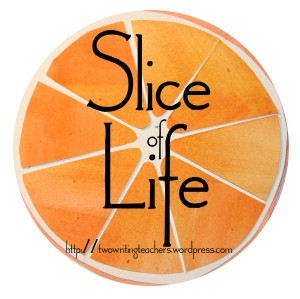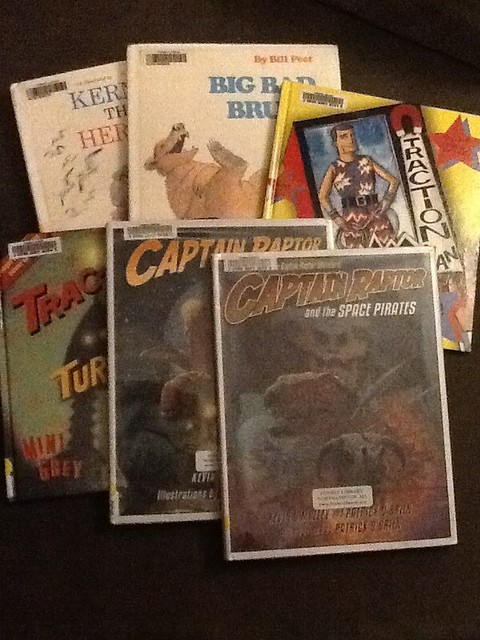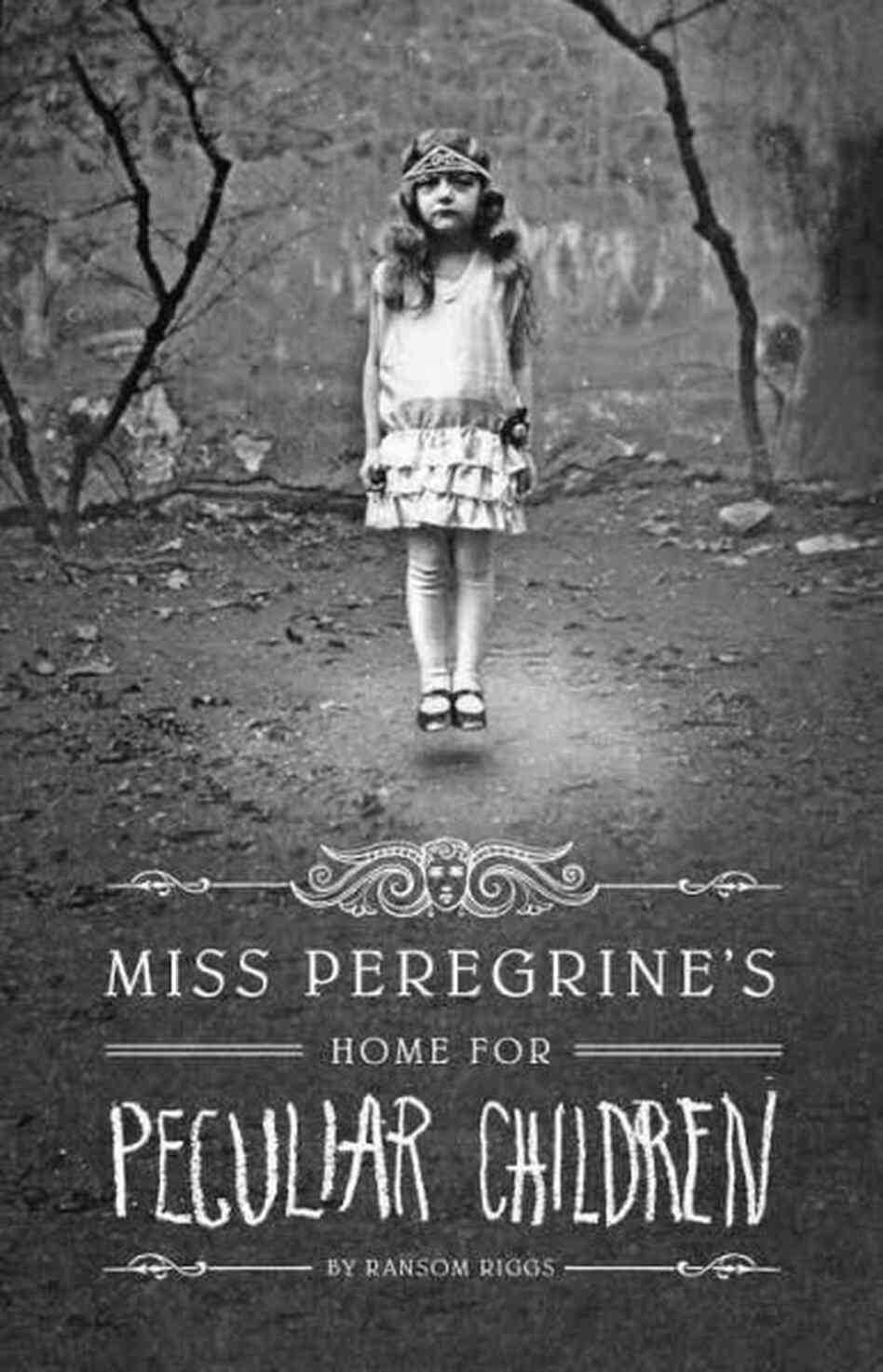
(This is part of the Slice of Life Challenge with Two Writing Teachers. We write about small moments each and every day for March. You come, too. Write with us.)
When my kids were younger, the Picture Book rooms of our libraries were our home away from home. As a stay-at-home dad with my two older kids (now in their teens), we could/would spend hours in the stacks, just browsing, reading, playing and hanging out with stories. Sadly, our youngest boy is now a bit too old for the picture book room, as he moved on to novels and graphic novels.
I still look wistfully at the room, though, and last night, as my youngest son and I were killing some time before getting his older brother from his Confirmation class, we drove to the library (our small city has two libraries, and this one is the one we don’t visit as often). While he sat on the ground, perusing a graphic novel, I wandered into the Picture Book room.
Such memories!
And I could not resist. I went thumbing through the stacks and pulled out a few favorites of the boys over the years — you know, the books that I had read hundreds of times and was always at the point where I was happy when the books were either taken out by someone else or I could convince them to leave the stories for another child. Captain Raptor, Traction Man, Bill Peet stories … oh, there were others, but these are some of the few I could still find in familiar places in the bookshelves, thankfully.
And then I figured: check ’em out. Bring ’em home. And so I did.
Welcome back, old friends.
Peace (in the books),
Kevin










